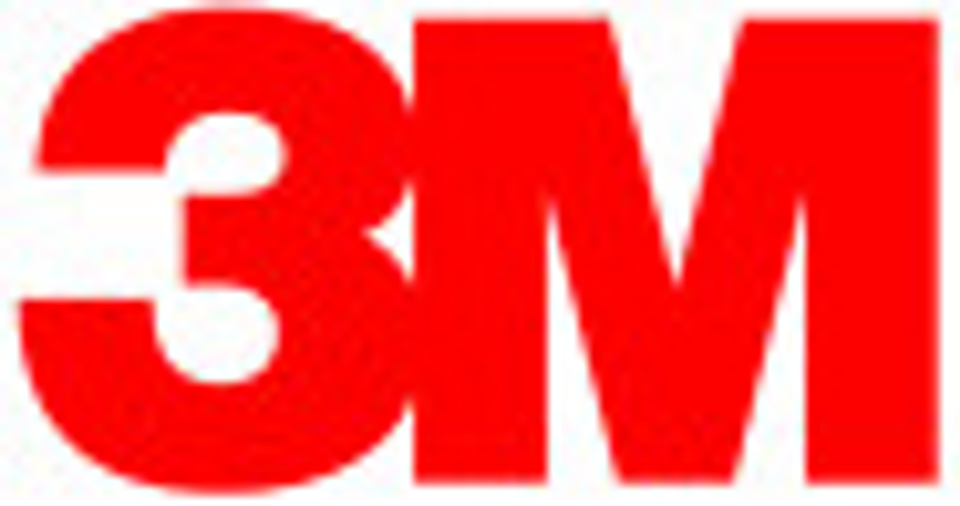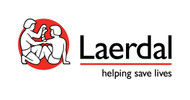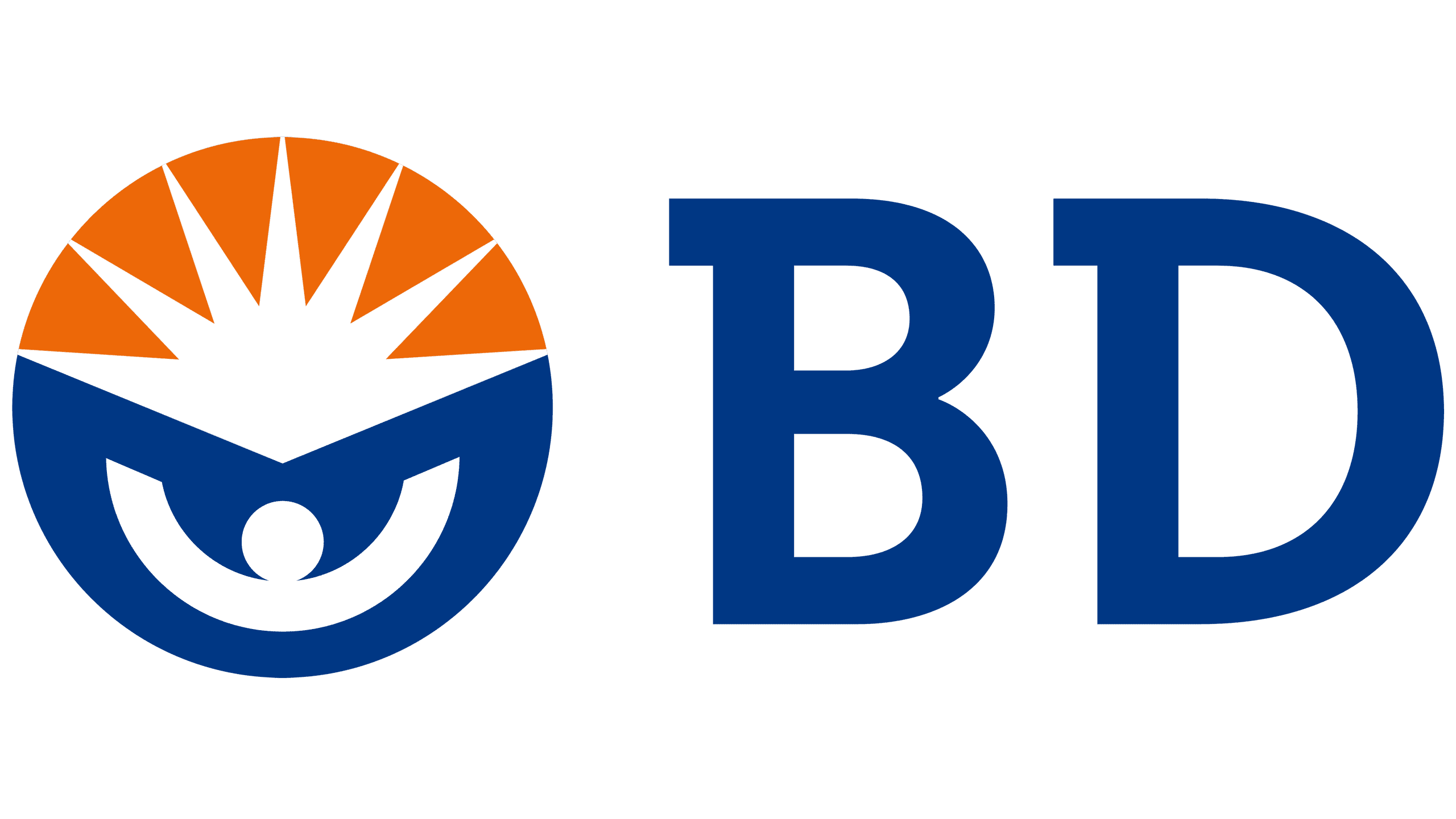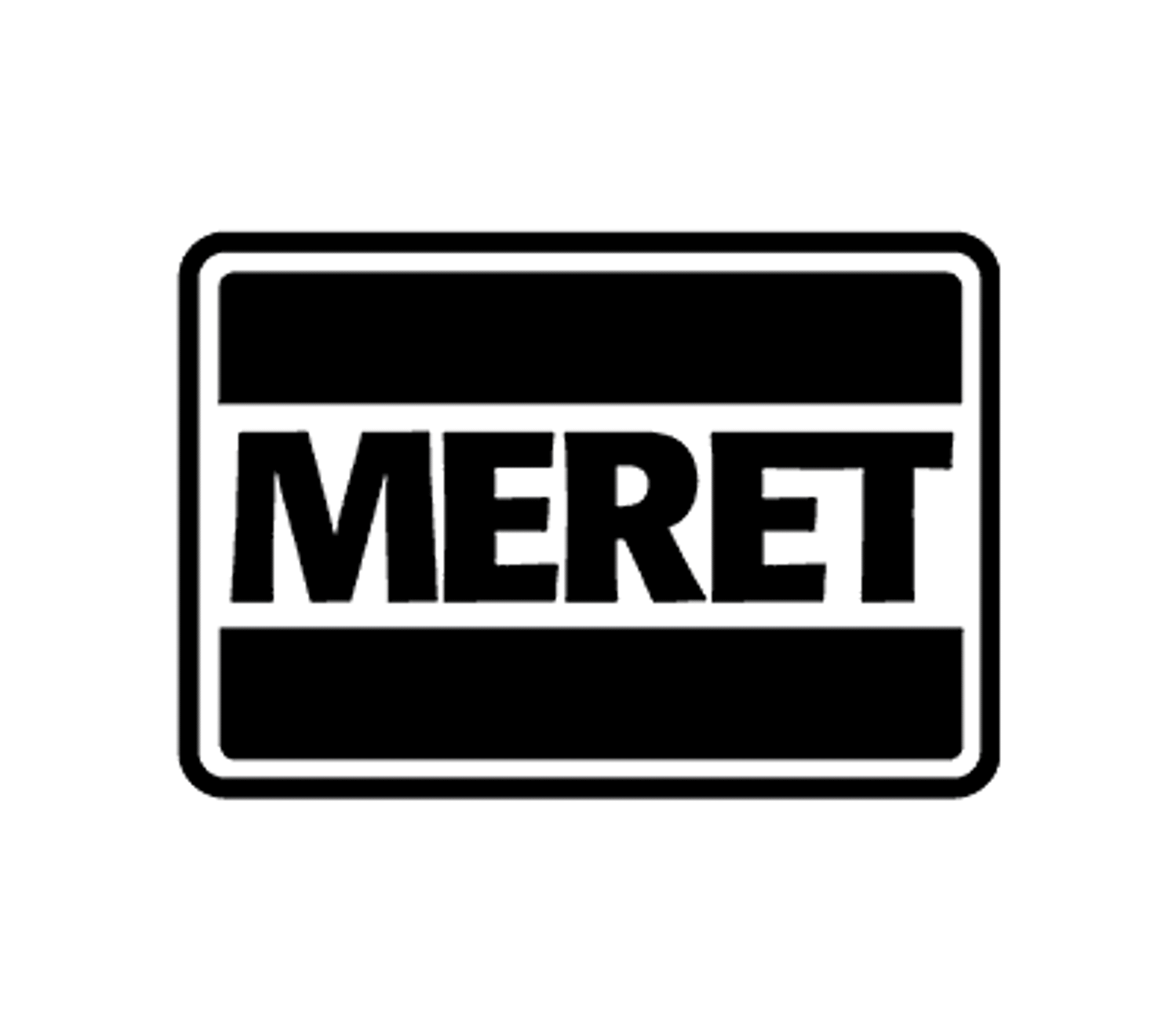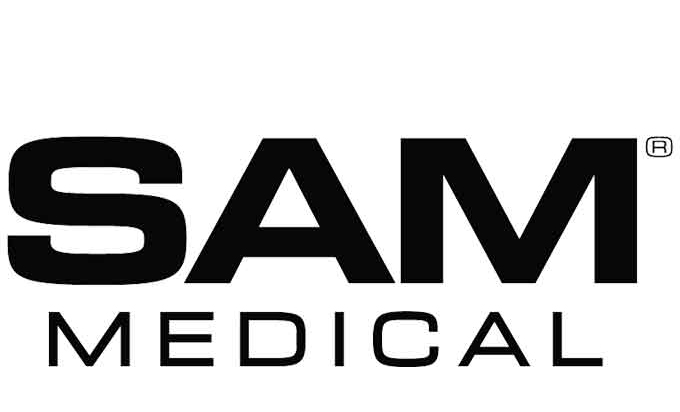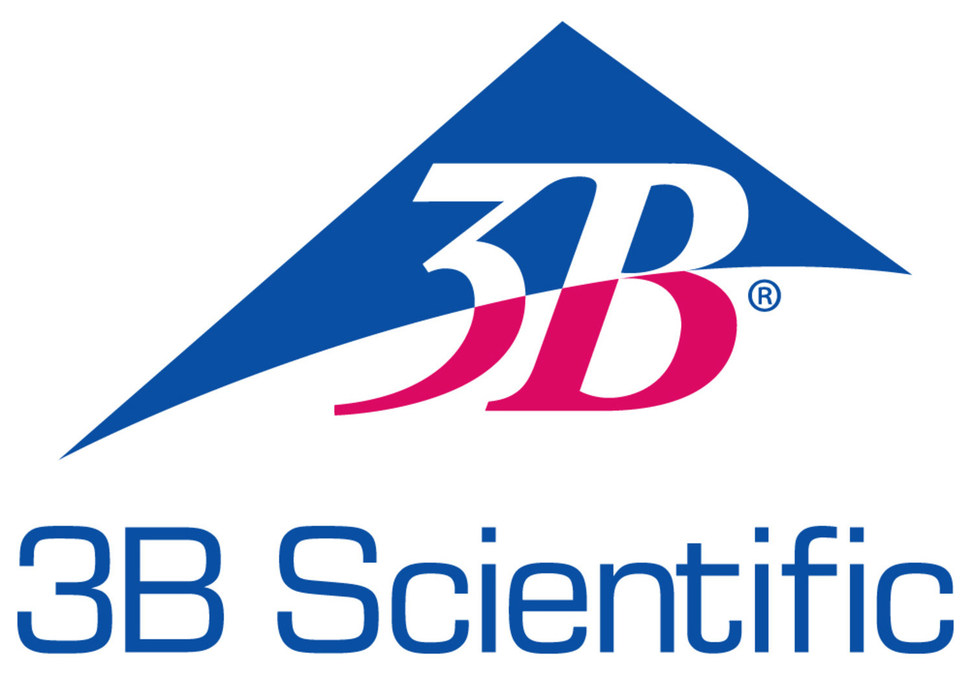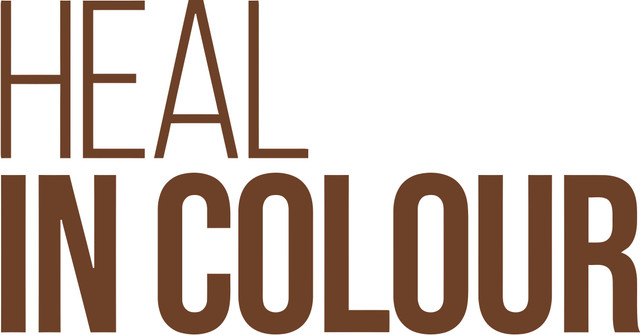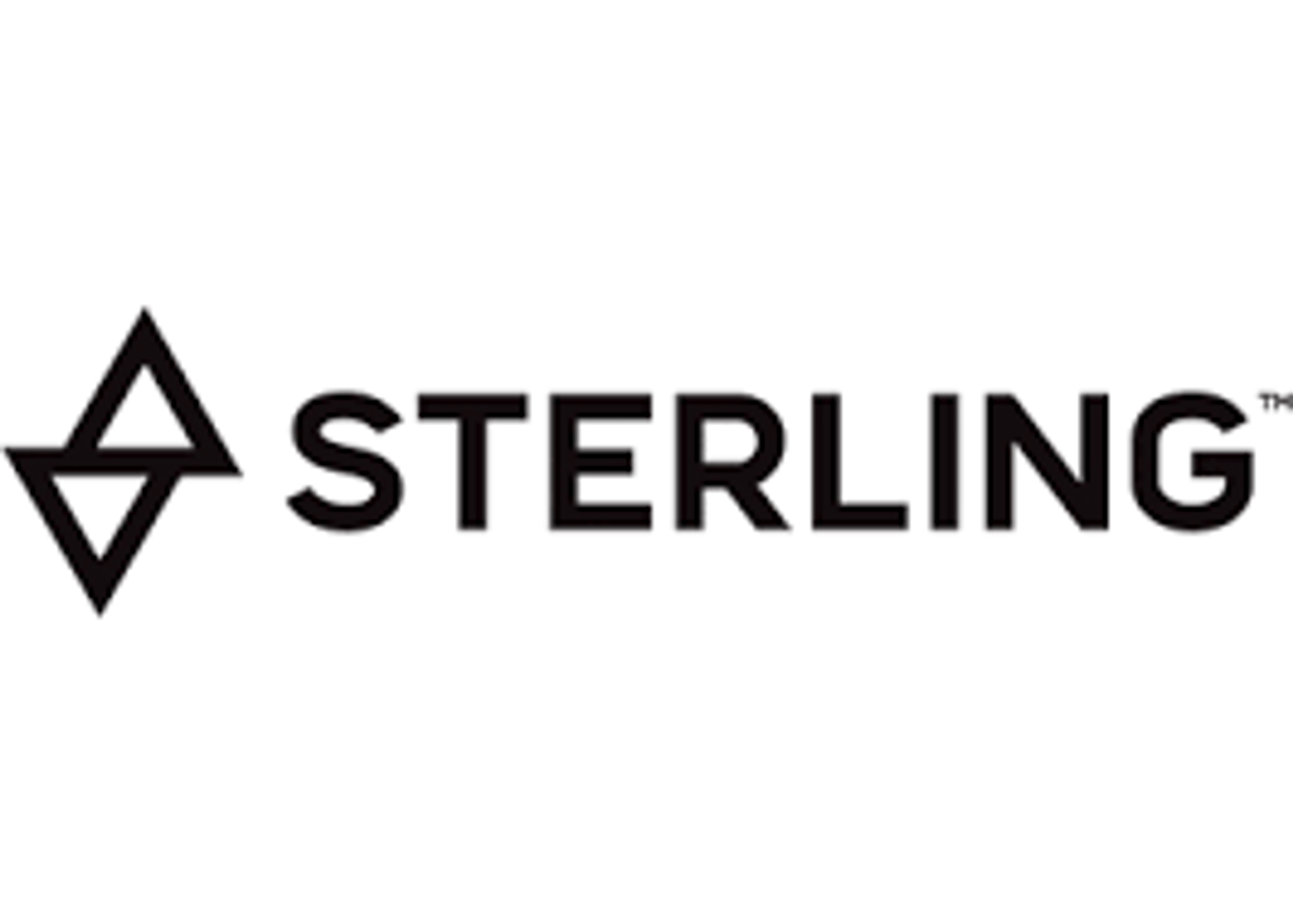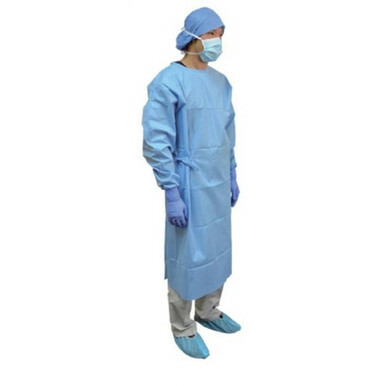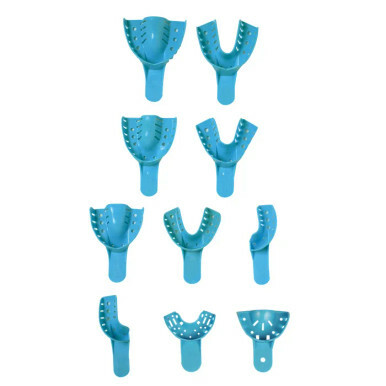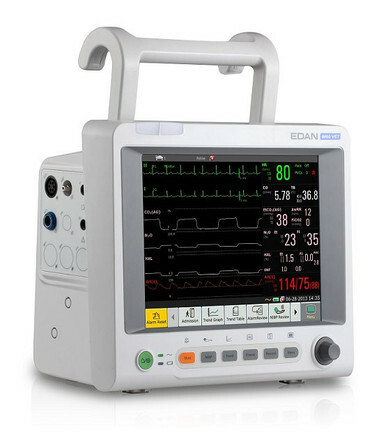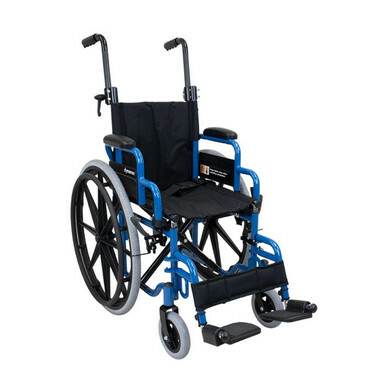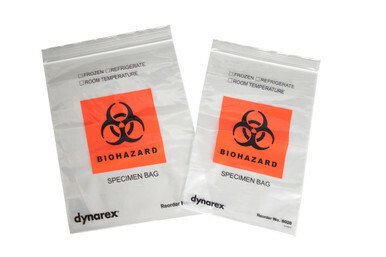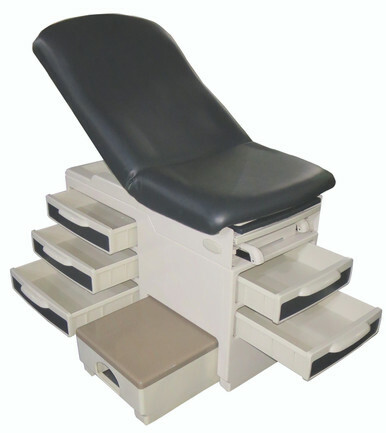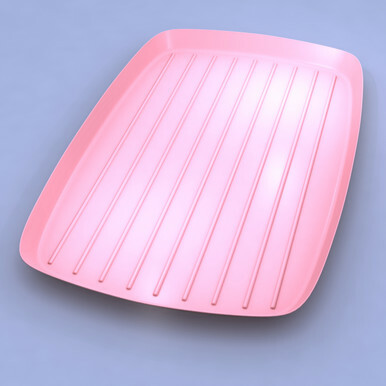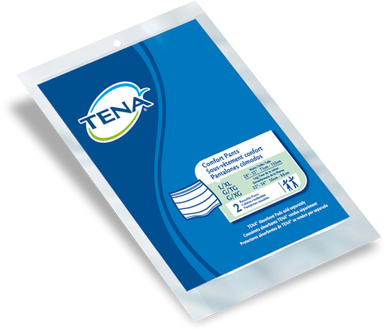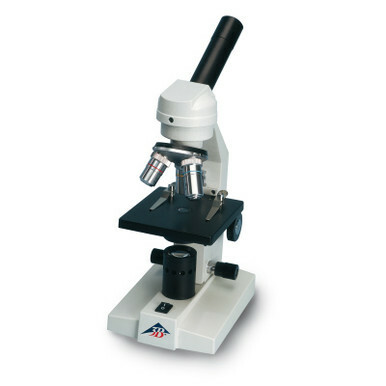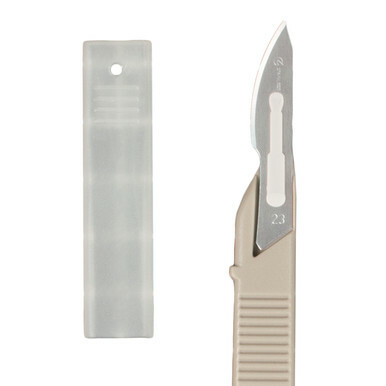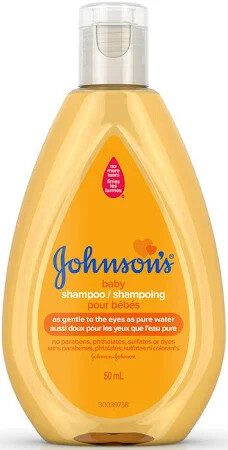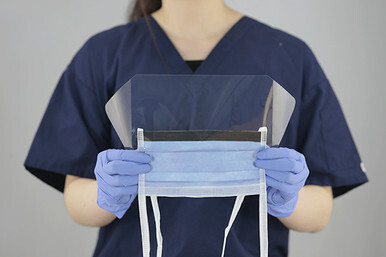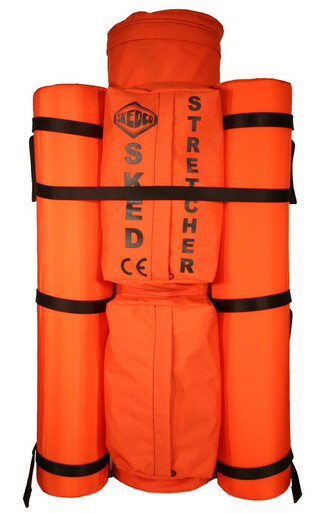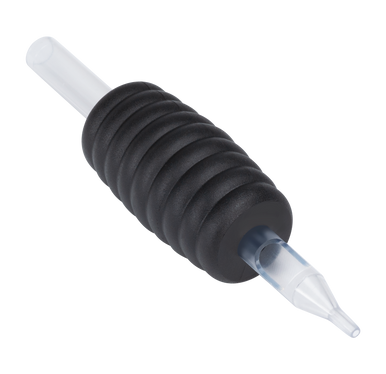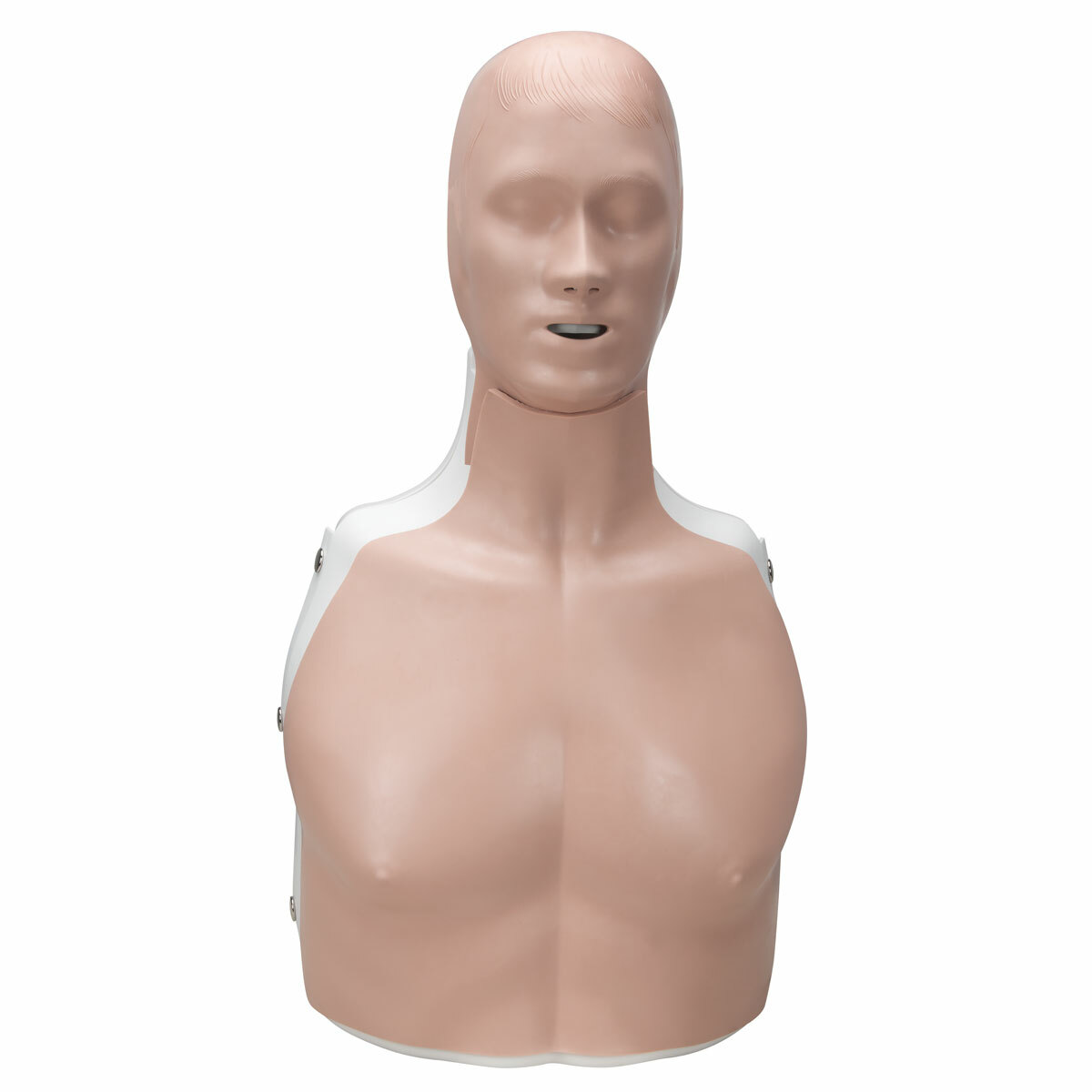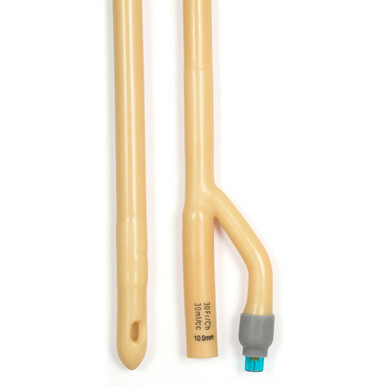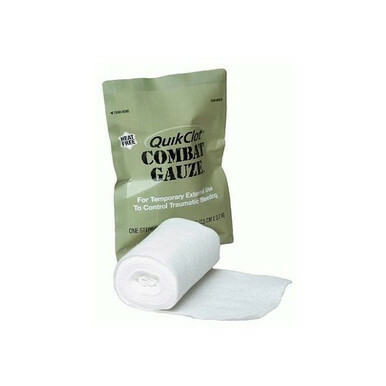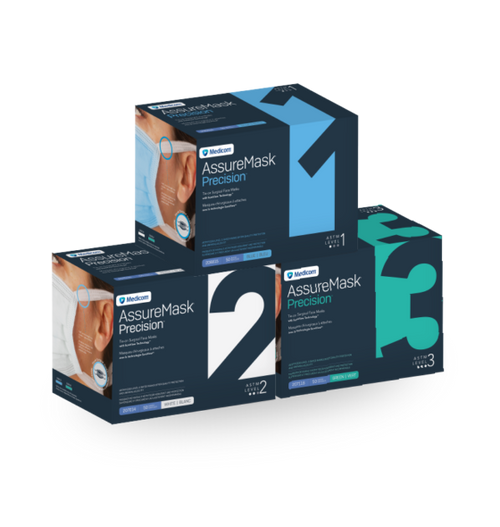Product details
GENERAL USES
Surgical and procedure masks are generally used to reduce the risk of pathogen
transfer between people. They can be used as protection for asymptomatic individuals
or to help contain droplets from symptomatic individuals. Masks accomplish this
by covering the mucous membranes of the nose and mouth with filtering materials.
Masks with attached visors also provide protection for the eyes.
No mask completely eliminates the risk
of exposure to blood or bodily fluids.
| PG4-2001 | ASTM Level 1 Mask | Surgical Ties| Blue |
| PG4-2092 | ASTM Level 2 Mask | Surgical Ties| Blue |
| PG4-2073 | ASTM Level 2 Mask | Surgical Ties| Indigo |
| PG4-2331 | ASTM Level 1 Soft Mask Mask | Surgical Ties| White | Hypoallergenic |
| PG4-2332 | ASTM Level 2 Soft Mask Mask | Surgical Ties| White | Hypoallergenic |
| PG4-2333 | ASTM Level 3 Soft Mask Mask | Surgical Ties| White | Hypoallergenic |
| PG4-4331 | ASTM Level 1 Soft Mask Mask| Anti-Fog Foam | Surgical Ties| White | Hypoallergenic |
| PG4-4332 | ASTM Level 2 Soft Mask Mask| Anti-Fog Foam | Surgical Ties| White | Hypoallergenic |
| PG4-4021 | ASTM Level 1 Anti-Fog Foam Mask | Surgical Ties | Blue |
| PG4-2492 | ASTM Level 2 Anti-Fog Foam Mask | Surgical Ties | Blue |
| PG4-4073 | ASTM Level 3 Anti-Fog Foam Mask | Surgical Ties | Indigo |
| PG4-3332 | ASTM Level 2 Soft Duckbill Mask| Surgical Ties | White| Hypoallergenic |
| PG4-3033 | ASTM Level 3 Duckbill Mask| Anti-Fog Foam| Surgical Ties |Indigo |
In addition to the above tests, all face masks must be tested to an international standard
(ISO 10993-5, 10) for skin sensitivity and cytotoxic tests to ensure no materials are harmful to the
wearer. Tests are conducted on all materials used in construction of the mask, including the ties,
elastic ear loops, anti-fog strips, visor shields, and any piping materials that may be used to hold
the side pleats together.
BACTERIAL FILTRATION EFFICIENCY (BFE)
Measures a mask’s ability to filter bacteria. ASTM specifies testing by aerosol with
a droplet size of 3.0 microns containing Staphylococcus aureus (average size 0.6-0.8
microns). To be called a medical or surgical mask, a minimum 95% filtration rate is
required. Moderate and high protection masks require bacterial filtration rates of
greater than 98% to greater than 99%.
Some manufacturers use the Modified Greene & Vesley method
to determine the BFE rating. This method is NOT recommended
by ASTM for product comparison or evaluating consistency.
TEST LEVEL 1 LEVEL 2 LEVEL 3
BFE (Bacterial Filtration Efficiency)
at 3.0 micron ASTM F2101 ≥ 95% ≥ 98% ≥ 98%
PFE (Particulate Filtration Efficiency)
at 0.1 micron ASTM F2299 ≥ 95% ≥ 98% ≥ 98%
Delta P (Differential Pressure)
EN 14683 (Annex C) < 5.0 < 6.0 < 6.0
Fluid Resistance to synthetic blood
ASTM 1862
80 mm
Hg
120 mm
Hg
160 mm
Hg
Flame Spread
16 CFR part 1610 Class 1 Class 1 Class 1
GENERAL USES
Surgical and procedure masks are generally used to reduce the risk of pathogen
transfer between people. They can be used as protection for asymptomatic individuals
or to help contain droplets from symptomatic individuals. Masks accomplish this
by covering the mucous membranes of the nose and mouth with filtering materials.
Masks with attached visors also provide protection for the eyes.
No mask completely eliminates the risk
of exposure to blood or bodily fluids.
MEDICAL FACE MASK STANDARDS AND REGULATIONS
Specifications developed by the American Society of Testing and Materials (ASTM)
are referenced by the FDA as the required standard in the USA. The current standard
ASTM F2100 specifies performance requirements for medical face masks with five
basic criteria:
In addition to the above tests, all face masks must be tested to an international standard
(ISO 10993-5, 10) for skin sensitivity and cytotoxic tests to ensure no materials are harmful to the
wearer. Tests are conducted on all materials used in construction of the mask, including the ties,
elastic ear loops, anti-fog strips, visor shields, and any piping materials that may be used to hold
the side pleats together.
PARTICULATE FILTRATION EFFICIENCY (PFE)
Measures a mask’s ability to filter sub-micron particles with the expectation that
viruses will be filtered in a similar manner. The higher the percentage, the more
efficient the mask is at filtering particulates. Although testing is available using
a particle size from 0.1 to 5.0 microns, ASTM F2100 specifies a particle size of
0.1 micron be used.
When comparing test results, it is important to note the size
of the test particles used, as use of a larger particle size will
produce a misleading PFE rating.
FLUID RESISTANCE
Reflects a mask’s ability to minimize the amount of fluid that could transfer from the
outer layers through to the inner layer of the mask as the result of a splash or spray.
ASTM specifies testing with synthetic blood at pressures of 80, 120, or 160 mm Hg
to qualify for low, medium, or high fluid resistance.
ASTM LEVEL 1
Used for general procedures, minimally
invasive surgery, ophthalmology and
respiratory etiquette. Designed to resist
a splash or spray at venous pressure.
ASTM LEVEL 3
Highest fluid resistance — designed to
resist a splash or spray during tasks like
orthopedic surgery or trauma.
ASTM LEVEL 2
Moderate fluid resistance for
procedures such as general surgery and
endoscopy. Designed to resist a splash
or spray at arterial pressure.
DELTA P (PRESSURE DIFFERENTIAL)
Measures how light and breathable a mask feels. A controlled flow of air is driven
through a mask and the pressure on either side of the mask is determined. The
difference in pressure is measured and divided by the surface area (cm2) of the mask
segment tested. The higher the Delta P value, the more difficult it is for the wearer
to breathe. The Delta P is measured in units of mm H2O/cm2. The ASTM standard
requires that masks have a Delta P of less than 6.0, as a higher value would be
considered too “hot” for general medical or surgical use. Masks with a Delta P of less
than 5.0 are considered acceptable, while masks with a Delta P less than 2.0 would
be considered “cool”.
FLAME SPREAD
Measures a mask’s ability to withstand exposure to flame. Operating rooms contain
sources of oxygen and other gases used for anesthesia, and there are potential fire
hazards from electrosurgical procedures such as lasers or cautery equipment.
All products used within the operating room, including face masks, are tested for
flame resistance. As part of ASTM F2100 testing, masks must withstand exposure
to a burning flame (within a specified distance) for three seconds.
PRIMED Surgical Tie Masks are designed to deliver high-level protection and a secure, customizable fit for surgical and clinical environments. These masks are ideal for healthcare professionals who require a dependable barrier against fluids, bacteria, and airborne particles during procedures.
Constructed with a 3-layer, ASTM-rated design, PRIMED Surgical Masks feature a melt-blown filter layer for exceptional bacterial and particulate filtration efficiency (BFE & PFE). The outer layer provides fluid resistance, helping protect against splashes and sprays.
Unlike ear loop masks, these come with soft, adjustable ties that secure the mask behind the head and neck for a stable and personalized fit, reducing the need for adjustment during long procedures.
Made from hypoallergenic, latex-free materials, PRIMED tie masks ensure comfort and safety—even during extended wear.
Key Features:
-
ASTM Level 1, 2, or 3 Rated (depending on model) for certified protection
-
Secure Tie-On Design for a stable, adjustable fit
-
3-Ply Construction with a melt-blown filter layer
-
High Fluid Resistance (ASTM Level 3) for surgical environments
-
BFE & PFE ≥ 98% for high filtration performance
-
Latex-Free & Hypoallergenic
-
Comfortable for Extended Wear
-
Disposable & Single-Use
Ideal For:
-
Surgical procedures and sterile environments
-
Operating rooms and high-exposure healthcare settings
-
Healthcare professionals requiring secure, long-lasting mask fit
-
Users who prefer head/neck ties over ear loops for added comfort
PRIMED Surgical Tie Masks combine maximum protection with customizable fit—trusted by healthcare workers for critical applications where safety and stability matter most.

